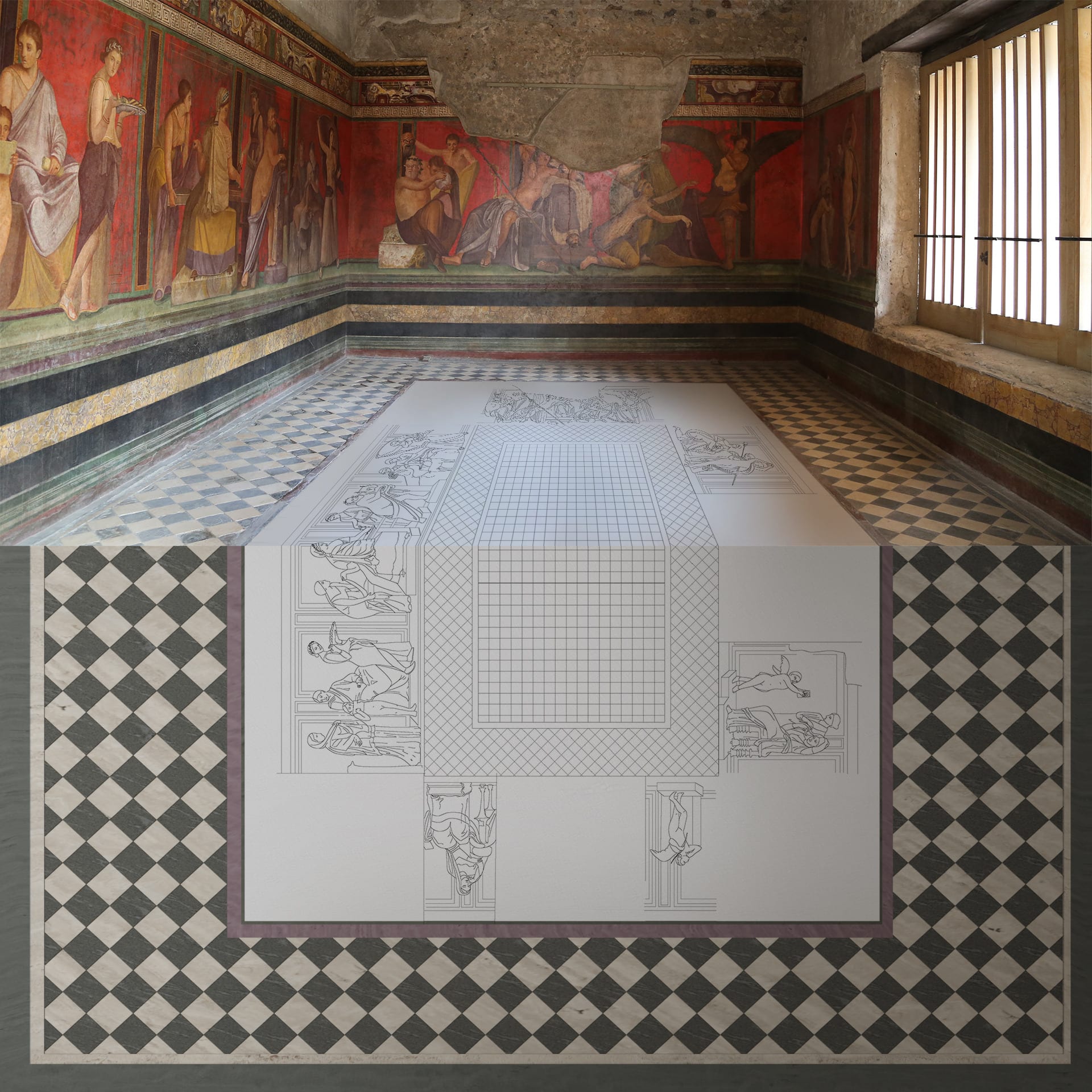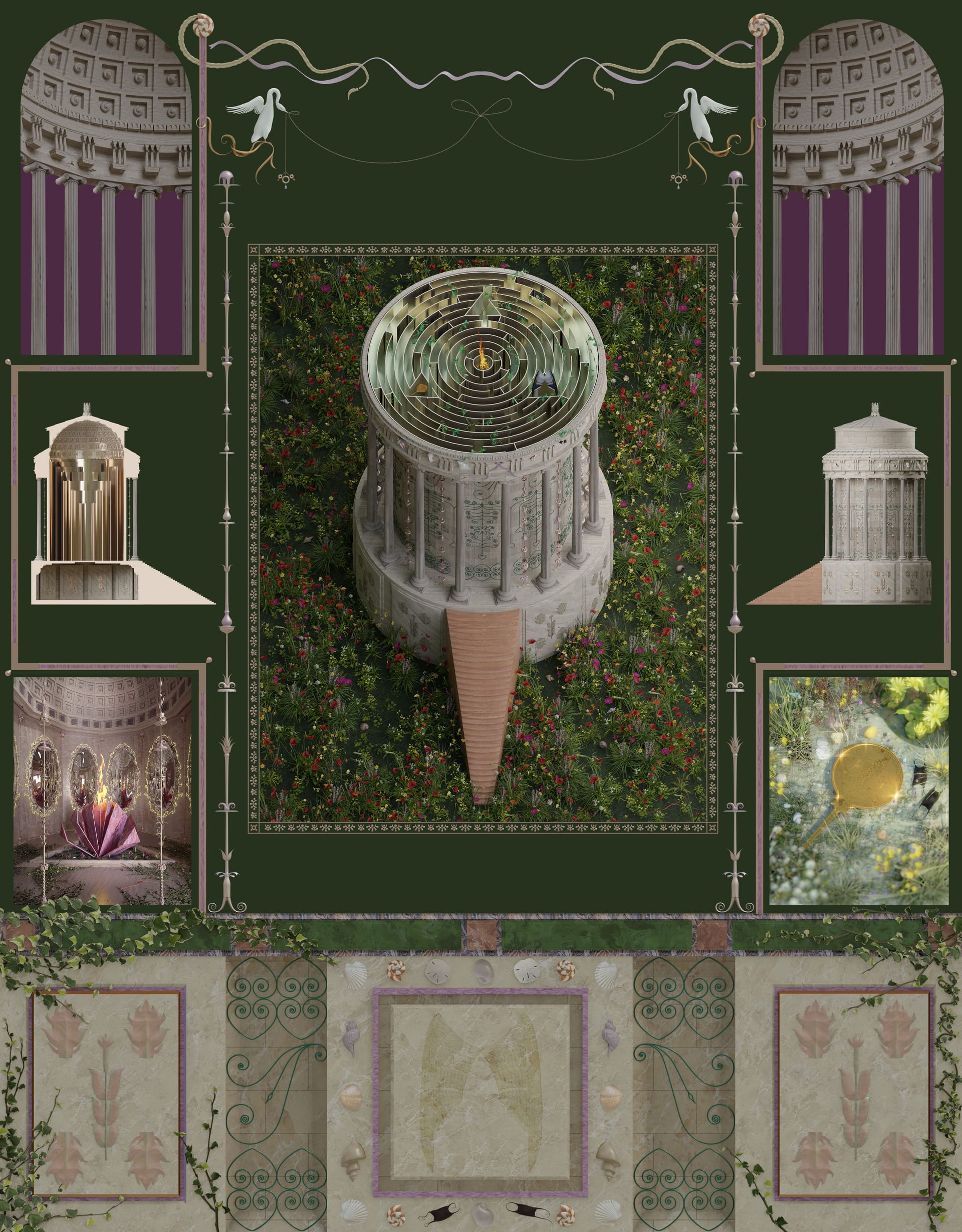Marisa Müsing (she/they) is an artist & designer from Tkaronto, Canada. She has a background in architecture, having received her Bachelor of Architectural Studies from the University of Waterloo (UW), Cambridge, Canada, and her Masters of Art in Architecture from the Royal College of Art (RCA), London UK. Constantly driven by the process of fabrication and making, her work ranges from architecture, furniture design, 3D animations, fashion, painting and sculpture. Marisa has lectured and taught at Parsons School of Design, Harvard GSD, Rhode Island School of Design and ELISAVA Barcelona School of Design and Engineering.
In 2018 Marisa co-founded müsing-sellés with Álvaro Gómez-Sellés, a design and architecture studio that plays with furniture and the scalability of object creation. They have made international acclaim, presenting work in a variety of international galleries and shows including including Sight Unseen OFFSITE (NYC 2018), Salone del Mobile (Milan 2019), Nomad Circle (Venice 2019), Maison & Objet (Paris 2020), Collectible Design (Brussels 2020), Transatlantico at Mana Contemporary (New Jersey 2020), and Lake Como Design Festival (Lake Como 2020). Marisa has also recently started the design collective MAMUMIFI with Jennifer Laflamme, where they build stories and ethereal worlds exploring body, femininity, and our relationship to identity through furniture, sculpture, fashion and art. Marisa has presented her digital work in Cloud Tales for Softer Digital (Copenhagen 2023), Bitten Peach Exhibition with the Asian Arts and Culture Trust (Toronto 2023), CRNFT solo show (online 2022), and Hot Air group exhibition (New York 2018). As a mixed-asian queer artist, her work focuses on concepts of body and identity, experimenting through different mediums to express feminist ideals through artistic representation. She is constantly seeking new creative ventures in multiple mediums and scales that allow for playful & beautiful interpretations of the world.
















